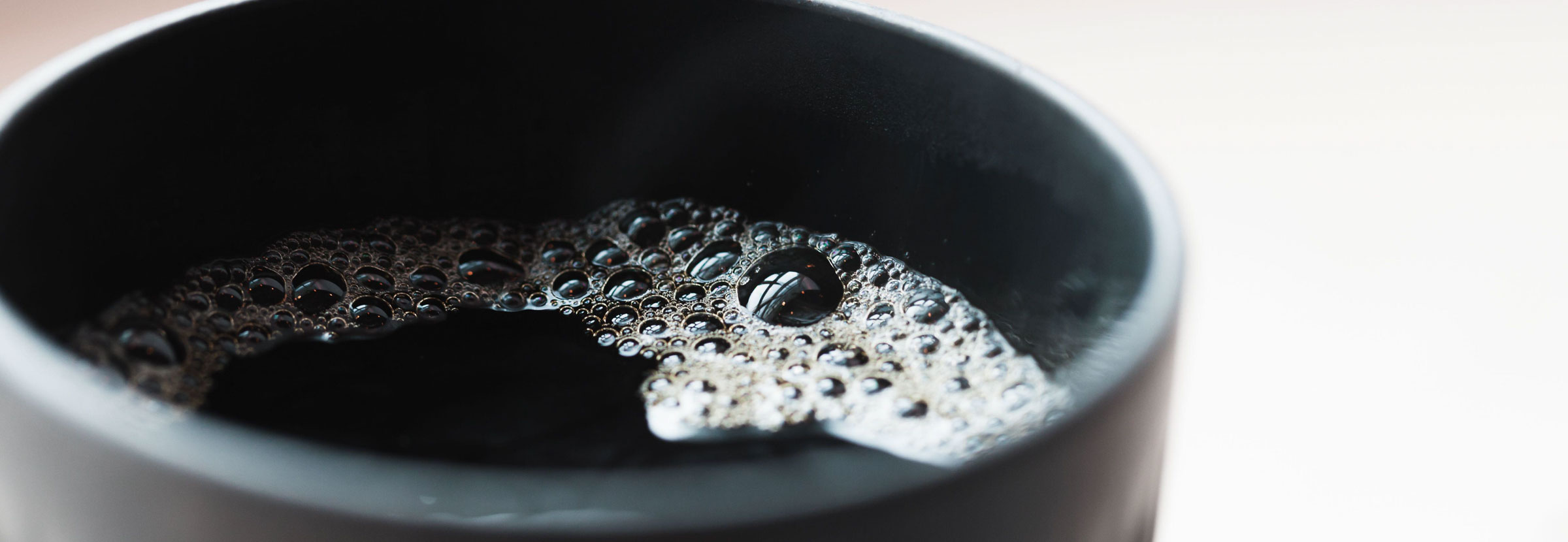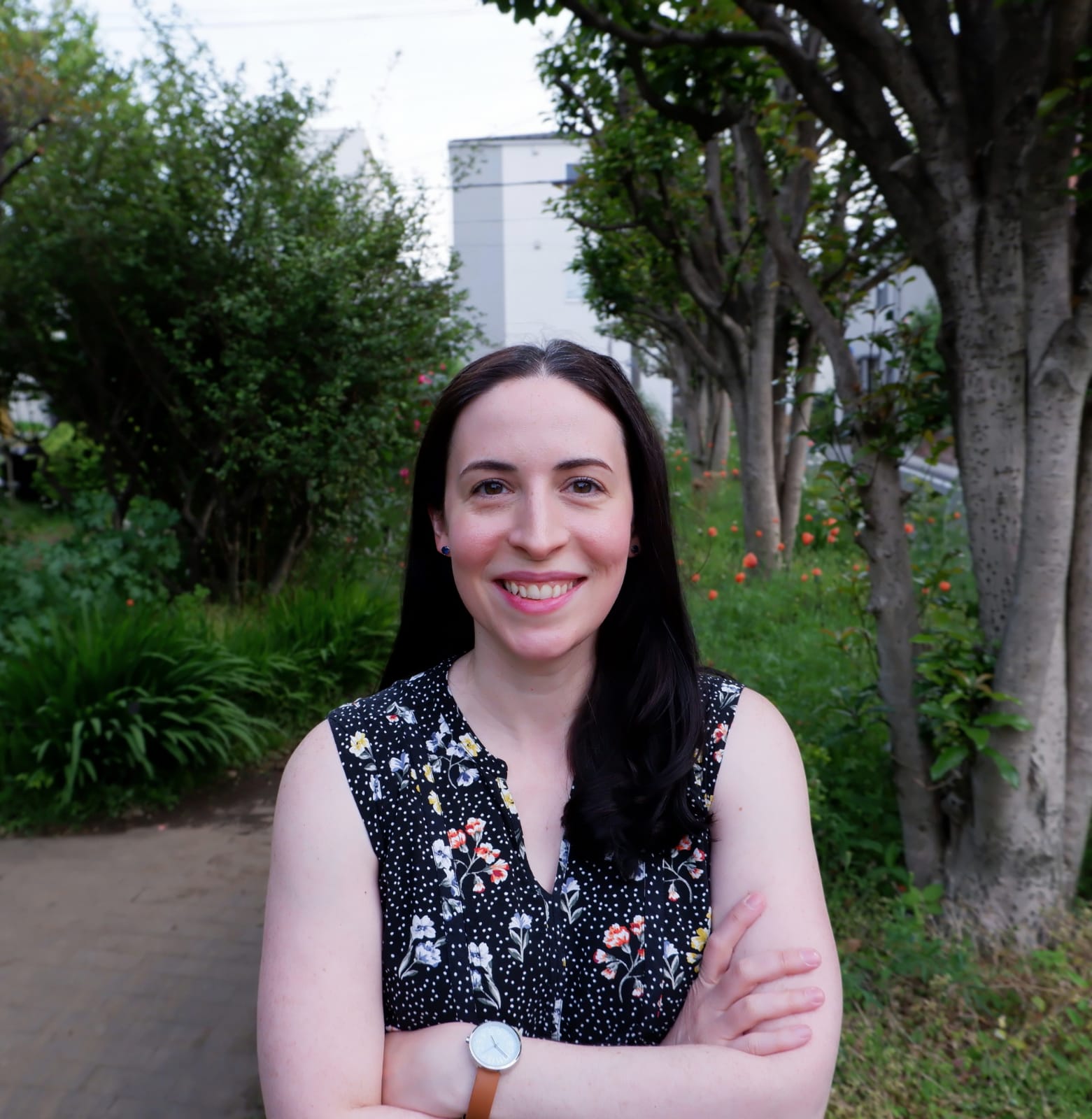The US loves filter coffee – and it isn’t going anywhere
The US’ love for filter coffee has been well-documented over the years. Research from the National Coffee Association (NCA) in 2023 ranked filter coffee as the number-one preparation method in the country, with 41% of “past-day” consumers using filter coffee brewers.
Also known as drip coffee in the US, filter coffee has a longstanding history in the country and is vastly popular both in and out of the home. This sets it apart from many other majority coffee-consuming countries, where espresso-based beverages tend to hold top spot for out-of-home (OOH) consumption.
Furthermore, with the evolution of specialty coffee in recent years, filter coffee has been in the spotlight – and has become increasingly prominent in a number of major consuming markets. But how did it get here? And what happens next for filter coffee in the US? Read on to find out.
You may also like our article on which filter brewing method is best for you.

A history of coffee in the US
Robert Thurston is the Managing Director of Oxford Coffee Company and Emeritus Professor of History at Miami University. He is also the author of Coffee: From the Bean to the Barista.
Robert explains that while filter coffee as we know it might not have been popular decades ago, a percolation brewing method was still standard midway as early as midway through the 19th century.
“The old way of making coffee in the US was with the percolator,” Robert explains. “It definitely wasn’t using filter methods.”
James Nason patented the first percolator in the US in 1865. Conversely, through the late 19th and early 20th century, espresso technology began to arrive in Europe – leading the two markets on two completely different paths.
Where does filter coffee come from?
Filter or drip coffee as we know it today can largely be traced back to Germany. Melitta Bentz launched a brewer in 1908. Within decades, stovetop percolators and filter coffee brewing became the two most prominent brewing methods in the country.
They were so prominent, in fact, that GIs in Italy during the Second World War were forced to dilute espresso with water – the americano – to create a beverage more to their tastes.
This trend continued with automatic coffee brewers through the 1970s. The first home drip coffee brewer, Mr. Coffee, was launched in 1972, and famously promoted by baseball player Joe DiMaggio for decades.
“[Filter coffee’s popularity] is because of machines like Mr. Coffee on one hand, and on the other because coffee drinkers like the taste better than other brewing methods,” Robert explains. He adds that pretty much everywhere a coffee drinker would go in the US, they’d get filter coffee, “even at convenience stores”.
Fast forward to today, and while espresso-based beverages have gathered speed thanks to the rise of chain coffee shops like Starbucks, filter coffee still retains the top spot.
“Drip coffee machines comprised 43% of all machines sold in the US in 2019,” Robert adds.

How did drip coffee become so popular?
So, we know how prominent filter coffee is in the US – but why?
To find out more, we spoke to Peter Giuliano, Executive Director at the SCA’s Coffee Science Foundation.
“It’s always tricky to speculate on why something is popular,” Peter explains. “However, coffee drinking became popular in the US during the 19th century, when many immigrants were coming to the US from places like Germany and Scandinavia. These cultures preferred relatively dilute cups of coffee.”
Peter adds that after this, the practice of filtering coffee became more prominent both in and out of home.
“With the launch of the paper filter in the early 20th century, it was popular among Americans making coffee at home,” he explains. “This was mainly thanks to its convenience during cleanup.
“Soon, large format paper filter machines were developed for restaurants, and the filtered cup of coffee became the standard both in the home and when ‘eating out’.”
Differences compared to other countries
Other historic and cultural factors also become apparent when we compare the evolution of coffee consumption in the US to other major markets. For example, coffee came to Europe as early as the 17th century, thanks to colonial influence overseas. This led to centuries of evolution in consumption, which saw coffee intermittently become a luxury and the centrepiece of debate in coffee houses. Coffee’s arrival in the US, meanwhile, was fundamentally different – which is perhaps linked to differences in how it has been consumed over the years.
There are also cultural differences in how consumers drink coffee today. Filter coffee – which can be brewed ahead of time in large quantities to be kept warm – caters perfectly to a growing focus on convenience and service speed in the coffee industry. And while this is a global trend, it is especially prominent in the US market. We only have to look at the growth of drive-thru coffee in the country as one major example.
Furthermore, while some European countries – such as the UK – exhibit the same focus on speed and convenience, others have a fundamentally different relationship with coffee consumption. In countries such as France and Italy, cafés and restaurants tend to be less predisposed to providing coffee to-go, for example. Sweden is another example, with its longstanding tradition of fika – a leisurely coffee break.

What happens next for filter coffee?
In view of filter coffee’s seemingly impenetrable status as the US’ favourite brewing method, it’s important to ask what happens next.
Peter explains that while espresso did broadly start to appear midway through the 20th century, its presence hasn’t grown tremendously in the last few years.
“Espresso began to make its broad appearance in the 1960s,” he says. “However, it really took off during the coffee bar ‘boom’ of the 1980s and 1990s.
“Since 2017, espresso and espresso-based beverages have kept a relatively stable market share – about 25% of all coffee drinks consumed.”
What’s the future for espresso in the US?
Peter acknowledges that as the decades pass, filter coffee’s dominance may come into question.
“For many consumers in the US, filter coffee is the default style of coffee brewing, while others are more ‘special’,” Peter says. “Many consumers drink filter coffee on a daily basis and other types as a treat.
“However, there is a stark age difference; younger consumers are more likely to favour espresso-based drinks over traditional filter coffee.”

Altogether, this shows that the short and medium term future for filter coffee is likely to be reasonably stable – with innovation in pour over brewing driven by third wave coffee.
Furthermore, while in the long term, younger generations’ relationship with espresso-based drinks may prove to be more disruptive, it’s likely that filter coffee will still retain a solid presence at the top of the market. Espresso’s market share hasn’t grown significantly for the last few years, and it would be an incredible surprise if it was to dethrone filter coffee across the board.
Ultimately, all the evidence shows that the US’ fundamentally unique relationship with drip coffee will dictate its future. Beyond the next few decades, this could change, but at least for now – it’s not going anywhere.
Enjoyed this? Then read our article on batch brew vs pour over: how long you should wait for filter coffee.
Perfect Daily Grind
Want to read more articles like this? Sign up for our newsletter!





